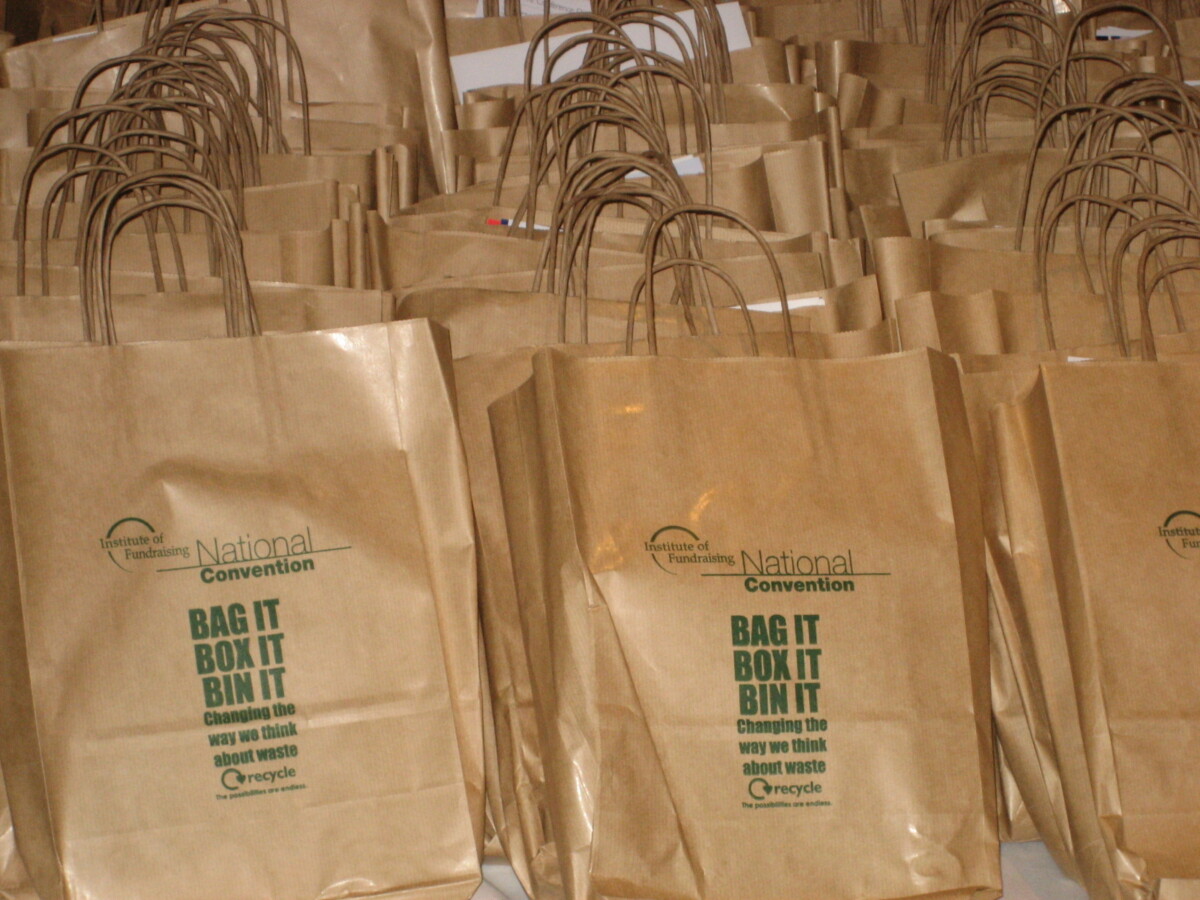Best use of legacy fundraising
For the campaign that demonstrates innovation linked to success in the use of legacy fundraising.
In alphabetical order, the shortlisted entries are:
- Macmillan Cancer Support
- Save the Children
- Will Aid
Macmillan Cancer Support
The first objective of the Legacy DRTV campaign was to generate 300 legacy enquiries through phone, text and online. These would be followed up with campaign-specific printed materials driving enquirers to leave a gift in their will to Macmillan. The second objective was to test DRTV as a medium for legacy acquisition. The audience could ask for a free will information booklet via SMS, phone or online. The 60-second ad was aired on stations including ITV3, ITV4, Film4, Sky Arts and TCM and aimed at adults 55+.
Advertisement
Macmillan received 190 contacts through campaign specific response channels, 143 of which converted to requests for more information about leaving a gift. This was lower than target, but was supplemented by a general uplift of 180% in legacy enquiries through normal channels during the time the campaign was running.
Save the Children
This campaign aimed to begin a rich, two-way dialogue with 115,000 Save the Children supporters and volunteers about legacy giving. StC wanted to interact with supporters via a survey, so they could identify information requesters and supporter who have already left a gift, and could also populate a new segmentation model and build a dense pipeline of information on supporters regarding whether or not they have a will, any barriers to will-writing, measure of strength of legacy consideration and any barriers to legacy giving.
This approach has led to a better understanding of supporters thoughts about legacy giving and will increase conversation of supporters to action through more tailored interventions. A multi-channel approach was used with DM, telemarketing, email and StC’s flagship capital appeal.
Results were judged by overall response rate (7.8% response to survey requests), the number of both positive and negative stages of consideration revealed, the quality of information received, and volumes of supporter feedback to inform future strategy. Ultimately the campaign provided a foundation from which StC will be able to raise significantly more legacy income in future.
Will Aid
Will Aid is celebrating its 25th anniversary in 2013 and is the largest scheme of its type in the UK. It was established in the late 1980s by the legal profession as their response to the growing need for international emergency relief. Since it launched it has generated over 435,000 enquiries; seen 150,000 professionally written wills drawn up and has raised £15m for partner charities. In addition at least 4,000 people have pledged gifts in their will with an estimated value of £45.5m to Will Aid partner charities and many other organisations.
In 2012 1,440 solicitors participated and campaign income reached its highest level ever at £1.8m.
The new communications had to speak to two distinct audiences – solicitors and the general public – and played on the concept of the ‘good solicitor’.




